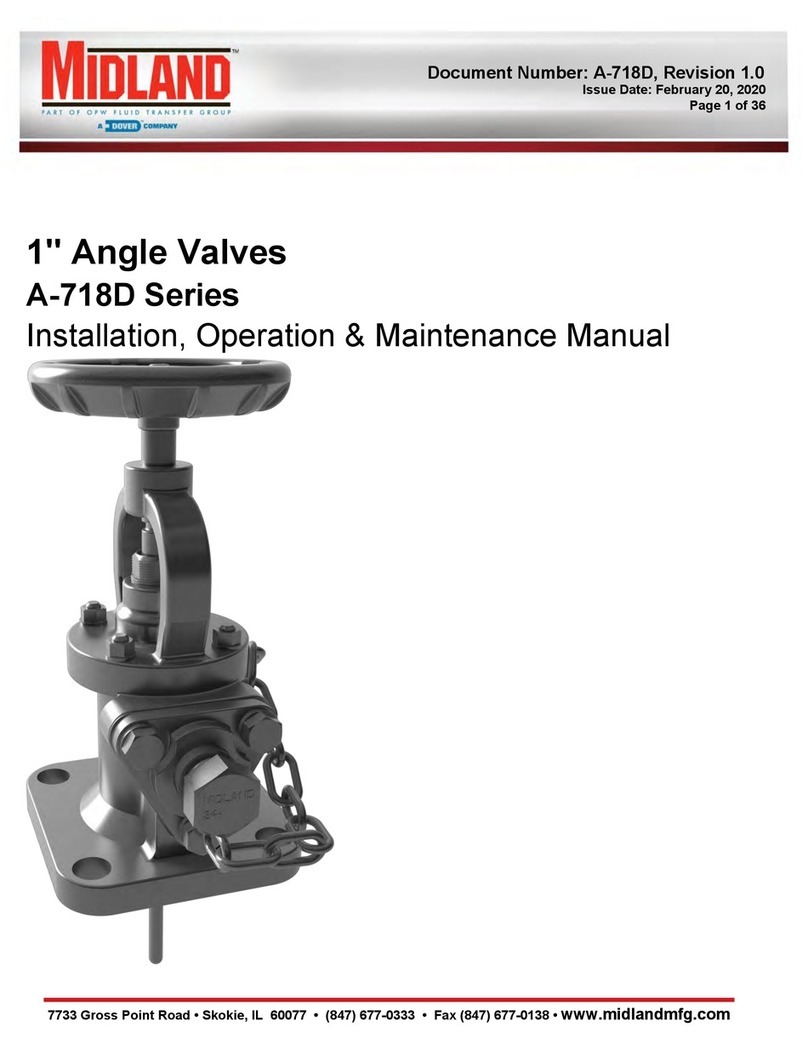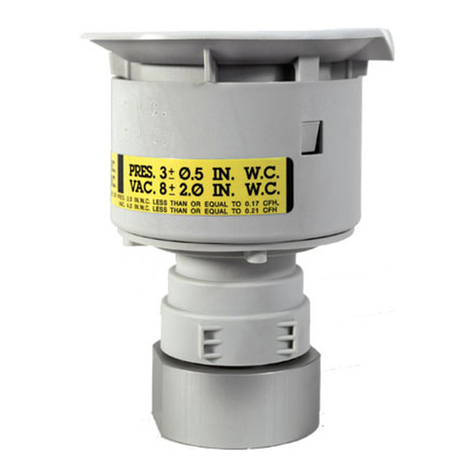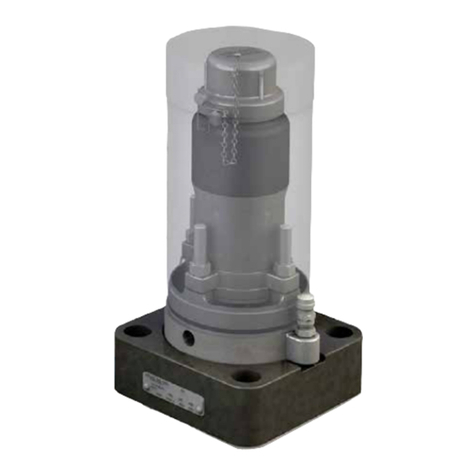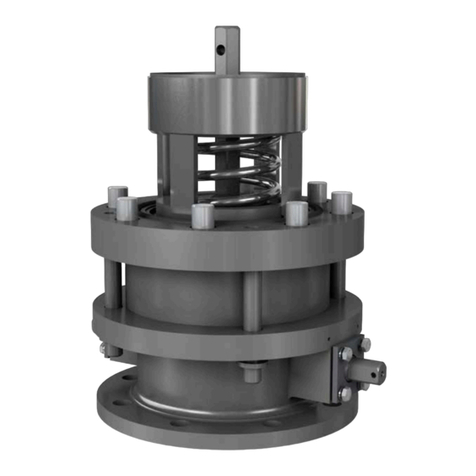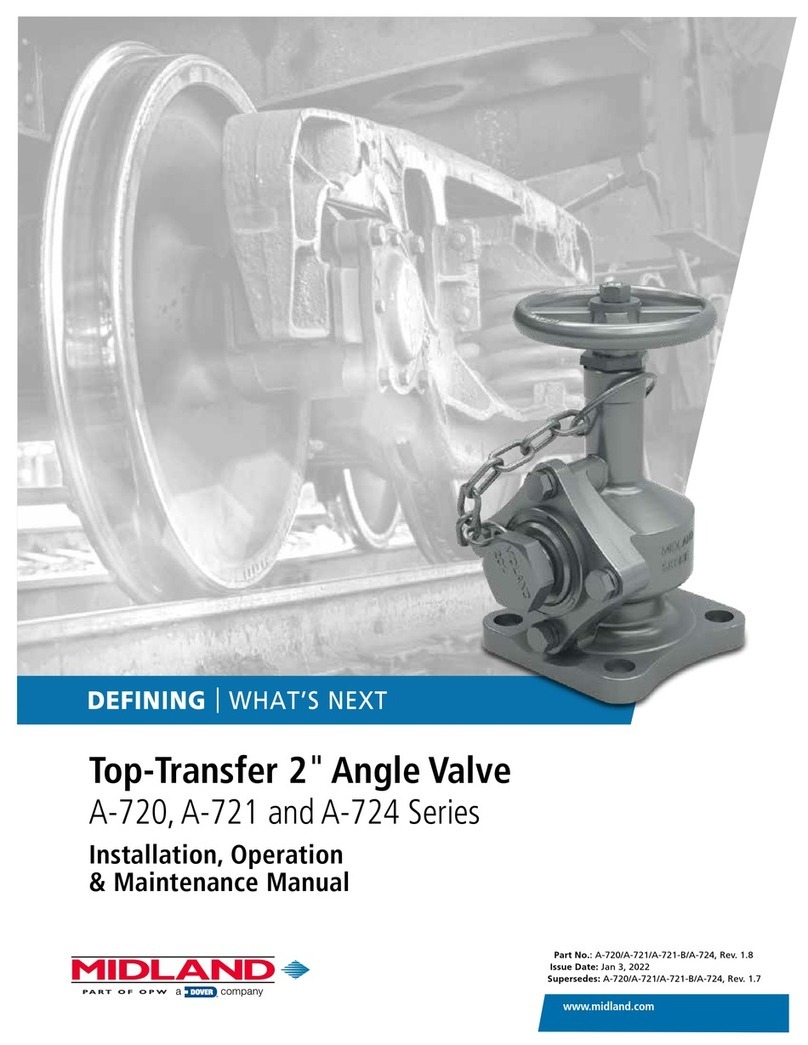9.3.1 General information ...............................................................................50
9.3.2 Commissioning and parameterization ...................................................51
Operating modes (description, configuration, and
use)...................................................................................52
10.1 Manual RPM (rotation speed)................................................................54
10.1.1 Installation..............................................................................................54
10.1.2 Use.........................................................................................................54
10.1.3 Option: Display sensor value.................................................................55
10.1.4 Option: Totalizer ....................................................................................55
10.2 Manual flow............................................................................................57
10.2.1 Installation..............................................................................................57
10.2.2 Configuration .........................................................................................57
10.2.3 Use.........................................................................................................57
10.2.4 Option: Totalizer ....................................................................................58
10.3 External UPM (rotation speed via an external remote control)..............59
10.3.1 Installation..............................................................................................59
10.3.2 Configuration .........................................................................................59
10.3.3 Use.........................................................................................................60
10.3.4 Scaling...................................................................................................60
10.4 Dispensing.............................................................................................62
10.4.1 Installation..............................................................................................62
10.4.2 Configuration .........................................................................................62
10.4.3 Use.........................................................................................................64
10.4.4 Example application: Dispense..............................................................65
10.5 Flow control and pressure control .........................................................67
10.5.1 Installation..............................................................................................67
10.5.2 Configuration .........................................................................................67
10.5.3 Use.........................................................................................................67
10.5.4 PID values and Autotune.......................................................................69
10.5.5 Influence of the Slope parameter on the controller and autotune .........75
10.5.6 Influence of filter time on the controller and autotune ...........................75
10.5.7 Example application: Filtration with pressure control ............................76
10.5.8 Example application: Flow control with tangential flow filtration............77
Alarms..............................................................................78
11.1 Alarms Analog .......................................................................................78
11.2 Alarms digital .........................................................................................80
11.3 Influence of a filter time on the alarms...................................................81
11.4 Special alarm: Pressure shut-off ...........................................................81
11.5 Broken wire detection and sensor monitoring .......................................82
11.5.1 Trigger conditions for an analog alarm..................................................82
11.5.2 Trigger conditions for a digital alarm .....................................................83
